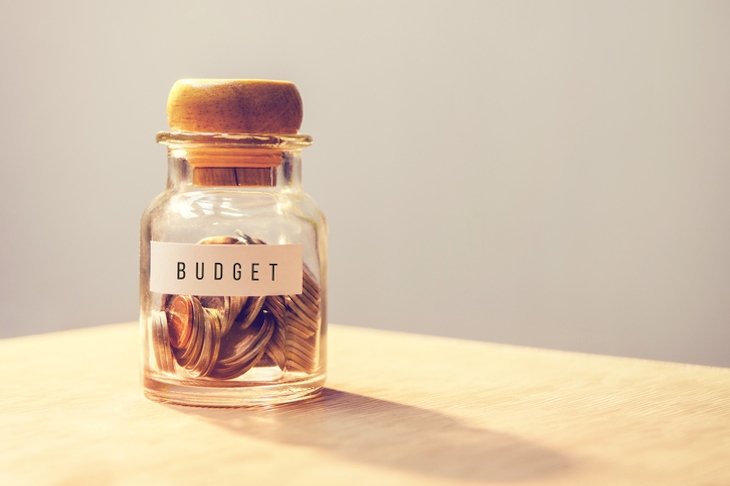How much money do you have in your current account right now? What date do you pay your electricity bill? What was your most recent purchase? Can you remember exactly how much you spent? What do you spend more on each month – food or drink?
Not many people can answer these questions correctly without first dissecting their latest bank statement. In fact, almost a fifth of us (17 per cent) admit to having no idea or only a rough idea about the state of our finances, according to research from insurance company SunLife. And younger people put the older generations to shame, with those aged 18 to 24 some 71 per cent more likely to budget.
But worse still, nearly three-quarters of UK adults admit spending on impulse rather than budgeting, according to TopCashback. The company also revealed that bored office workers blow as much as £114 a week on clothes, snacks, beauty treatments and tickets on purchases made during lunch breaks – or on work time. And 37 per cent of us are wasting money on subscriptions for services such as gym memberships, credit reports and TV streaming plans each month. Per person, the amount of money poured down the drain every month is £18.62, equating to a staggering combined total of £448 million. Little wonder then that UK consumer debt is around £240 billion, according to comparison site MoneySuperMarket.
With SunLife finding that those who budget either formally or informally are happier than those who don’t, here are some simple steps to getting a firm grasp of your finances.
- Download your banking app. By synching your smartphone to your bank account there’s no excuse not to at least keep on top of your balance. Banks have invested in making the technology easy to use and some (such as NatWest) have even enabled you to log in with just your finger print so taking a look at your accounts and making payments can be done in moments.
- See all your information in one place. Services such as the OnTrees and Money Dashboard apps allow you to link your current, savings and credit card accounts together and keep track of what you’re spending. Account details are usually updated daily and the information can be displayed in graphs to give you a break down of your expenditure. Money Dashboard says: ‘We provide bank-level security to protect your data and because we’re a “read only” service your money can’t be touched.’
- Try a budget calculator. The Money Advice Service offers a free budget planner tool on its website. It requires you to input details of your income and spending and puts together a useful summary broken down into useful categories such as household bills and travel. It then refers you to specific guides on how to reduce your outgoings depending on your circumstances. Similar free services are available at countless other financial websites, with companies such as SunLife’s more geared towards identifying savings to be made to put towards your pension instead. Its calculator shows you how much you could save in 10 years by cutting back on certain items. For example, it says that if you cut back on having a takeaway coffee before work, you could save around £50 a month, and over 10 years, that’s £5,720.
- Consider a pre-paid debit card. If you’re not a fan of carrying much cash but find it too easy to spend on cards, a pre-paid debit card could force you to be more disciplined. The Cashplus Prepaid MasterCard (Freedom) offers free UK ATM withdrawals and purchases. There’s no monthly fee and it won’t cost you anything to top up by direct debit or bank transfer but an application fee of £5.95 applies. MoneySuperMarket customers get £10 added to their balance when they make their first top up of £50. An alternative is the Monzo card. This is a pre-paid debit card linked to an app that provides real-time data that powers a clever breakdown of your spending. Such is the demand for the card – which precedes the arrival of the Monzo current account due later this year from this brand new online bank – there’s currently a waiting list. As of last night there were more than 17,000 waiting customers but that should only translate to a wait of around a week. You can get your hands on a card faster with a ‘golden ticket’ from an existing cardholder or get enough of your friends to apply that you can jump the queue at a rate of 4,000 places per friend. Once you get the go ahead, to start using the card you’ll need to load it with at least £100. The app is still in development so the company advises you to carry an alternative card just in case of any short-term hiccups that would result in the card not being accepted for payment. And with half-term and the summer holidays coming up, bear in mind that prepaid currency cards, such as the FairFx Euro Currency Card Special, are also useful for using abroad and come with competitive exchange rates and low foreign usage fees.
Laura Whitcombe is knowledge and product editor at ThisisMoney.co.uk.






Comments